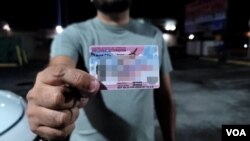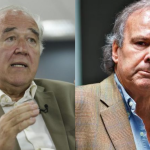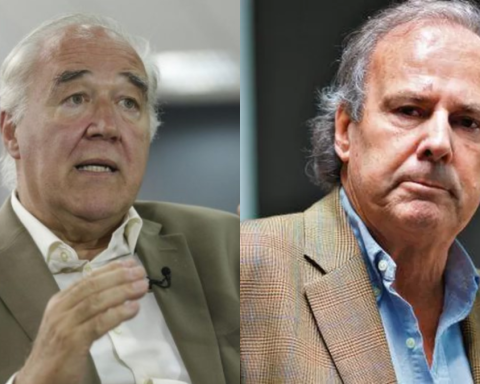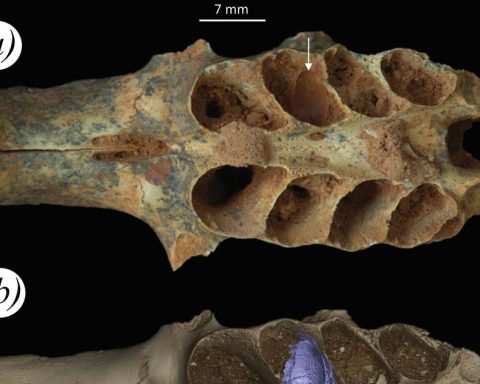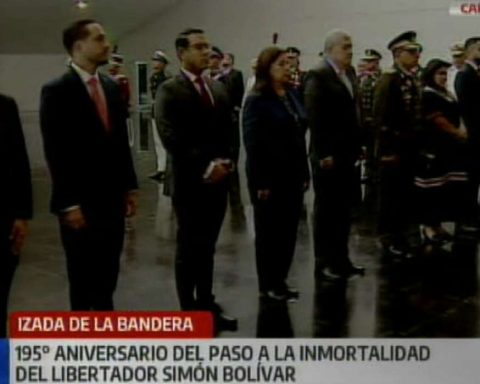Carlos Valle, a 42-year-old Nicaraguan, worked in his country as a photojournalist, but when the political crisis broke out in Nicaragua in 2018 due to anti-government protests, he says he suffered death threats and decided to move with his family to neighboring Costa Rica.
Starting from scratch involved setting up a series of procedures that are part of the migrant’s journey. Valle had to obtain a work permit in order to work legally. He applied for refuge in Costa Rica in 2018, however, they gave him a card that served only as a stay permit.
Before 2018, requesting refuge in Costa Rica was more restrictive because the person could not work, explained Daguer Hernández, former deputy director of Migration and Immigration of Costa Rica. “The refugee applicant card was not recognized in any bank, in any public institution, anywhere. It was a card so that you would have it and the police would not arrest you, ”he detailed to THE PRESS and the voice of america.
But that process was modified after 2018, when like Valle, more than 200,000 Nicaraguans took refuge in neighboring Costa Rica. Now refugee claimants receive a work permit without going through the refugee claimant card.
This opened new doors for Nicaraguan migrants. Valle, for example, was able to homologate his driver’s license and work as an Uber driver. Before, he had only managed to work in construction.
The migrant who is passing through Costa Rica and has no regulation, cannot work. To go out and look for a job, the migrant takes about eight months in a process to receive his permit and then must renew it once a year. Refugee-seeking migrants receive a work permit after a three-month process.
“An important legal adjustment is that people who are not refugee claimants have a card prior to the work permit. He’s going to stay in the country anyway. That would prevent the abuse of the refugee applicant card, “explained the former deputy director of Migration of Costa Rica, Hernández explained.
Emigration to the US
Ernán Talavera, 30, is one of the thousands of Nicaraguans who left the country in 2018 for the United States, where he entered irregularly in November of that year.
After collecting money, he formally applied for political asylum six months after arriving, and 150 days later he applied for a work permit. A month later, his card arrived.
Once with the work permit, he explains, he obtained great benefits, such as Social Security, as the document is known by virtue of which people can, among other things, participate in government assistance programs and apply for jobs.
“It was a great benefit for me,” he says. The permit was given to her for two years and she did not need to renew it, because the immigration authorities responded positively to her request for refuge.
In addition to Costa Rica, tens of thousands of Nicaraguans have fled to the United States. In the first six months of 2022 alone, a total of 96,000 have been detained on the southern border, according to figures from the US Customs and Border Protection Office.
Nicaraguans who enter the US irregularly and request refuge have to follow a procedure in order to obtain a work permit, said immigration attorney Astrid Montealegre, president and co-founder of the Nicaragua American Human Rights Alliance (NAHRA) foundation.
For asylum seekers in the US, the process begins when they file form I-589, “Application for Asylum and Withholding of Removal,” Montealegre explained. “That starts ticking the clock,” he said. A minimum of 150 days after filing the I-589 is required for the asylum applicant to file a work permit application.
According to the lawyer, the administrative laws of the United States establish that Immigration has a maximum of two months to process these permits but, because there are too many cases and this established time is not being complied with, there is a lawsuit against the government so that meet that time.
“What we have seen in practice is that, after the applicant submits their application, approximately another six months pass. It can take a year from when the person presents their work permit until she receives it,” he added.
Submitting the asylum and work permit application for the first time is free of charge. For the renewal, you do have to pay $495 for the process, the lawyer stressed. She also suggested processing the renewal at least two months before expiration because when the processes are stalled, Immigration determines how long the expired permits are extended while processing the applications, she said.
In the US, the work permit allows you to work with a social security number and declare your income in order to receive a refund if the government has deducted too much money.
Other ways to work legally in the US
Senior Policy Analyst at the Migration Policy Institute in Washington DC Julia Gellatt told the voice of america Already THE PRESS that there are multiple legal pathways for migrants to travel to the US and work.
One of them is the H2A visa, available to those willing to do agricultural work, a visa with which farm owners can sponsor immigrants to work seasonally in that industry.
This type of migration is known as “circular”, people who spend part of the year in the US and then return to their countries.
Another path is the H2B visa, also temporary but dedicated to jobs that are not related to agriculture, used by US employers for housekeeping jobs, resorts summer or landscaping.
According to the expert in immigration policies, these visas are usually for less than one year. If migrants can find multiple employers, they could stay for up to three years at most.
“Under temporary visas, in order to qualify, you have to tell the government that you plan to return to your country and show evidence that you will return home at the end of your stay in the United States,” Gellatt said.
Gellat concluded that temporary work visas “are not the way” for people who are seeking to flee a dangerous situation in their country of origin, but for people who “have a home that they maintain abroad but want to come to the United States to expand the earnings they could have, and take that money back to their country.”

